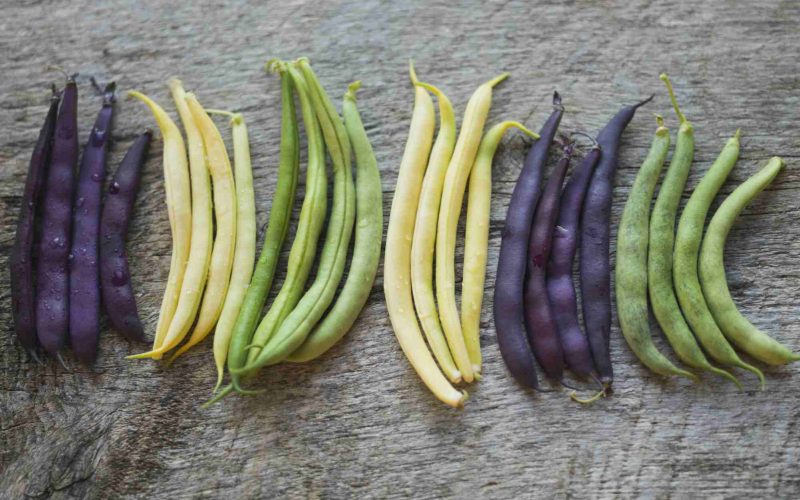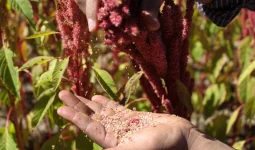Green beans are popular vegetables that you can find in various recipes. You can find different types of green beans varying in shape, size, and color.
Depending on their growth, all green beans can be classified as either bush or pole. This classification is based on the methods used to cultivate the beans.
Pole beans (or runner beans) require a trellis or staking, whereas bush beans grow on a short, bushy plant.
Most people use these variants interchangeably; however, some are better suited to specific cooking methods than others.
You can interchange green beans of various shapes and sizes in recipes; cooking times will vary based on bean size and shape.
Although there are different types of green beans within each major category, this is all you need to know to cook with them.
This article explains the different varieties of green beans and how they differ. After reading it, you will be able to choose the right type for your recipe.
Here are some types of green beans from the bush and pole varieties.
1. Green Beans

There are many different names for this long, spherical green bean, including string beans or snap beans.
It’s called “string” because these beans have long, strong fiber strings that run through the pods of the beans.
Most modern varieties, including those found in supermarkets, have been bred free of strings, so they don’t have to be cut.
If you snap green beans in half when fresh, you might call them “snap beans.” Depending on the string bean you choose, you can grow either bush or pole beans.
Also, they come in yellow, and there is a purple wax bean. It doesn’t matter how you cook these green beans. They can be steamed, sauteed, baked, or pickled.
2. Romano Beans
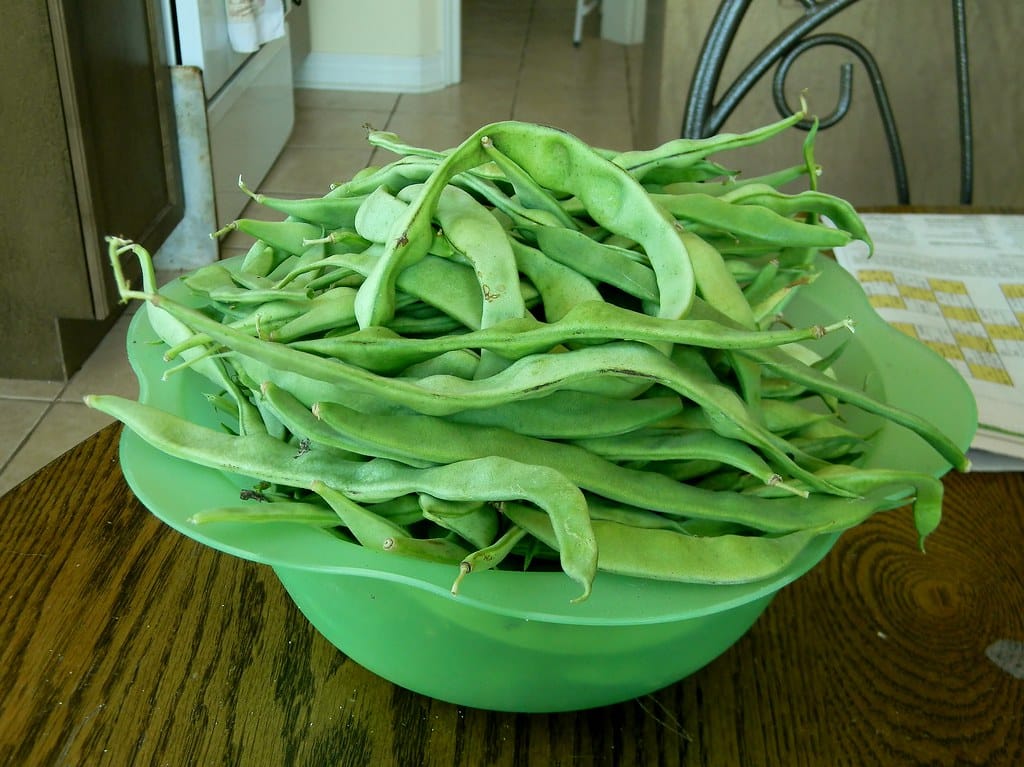
This type of green bean is flat and wide, which makes it different from the typical green bean. In a way, it’s like the crunch of sugar snap peas.
When you eat them fresh, they’re delicious and crunchy. Furthermore, the smaller they are, the more delicate they are; therefore, beans in bigger pods are older.
Romano green beans can be cooked for longer than other green beans. Then, it doesn’t matter how you cook them. You can steam, boil, or braise them.
Some people say Romano beans take a little longer to cook than other pole beans and have more flavor than different types.
3. French Green Beans

This is the French bean, also known as haricot vert. It is said to have a hard texture and a bitter taste.
These beans are cooked whole and served as a side dish most of the time. It can be hard to distinguish between regular green beans and this French variety.
They are smaller, softer, and take less time to make than other foods. Mostly, they’re all green, but there are a few yellow ones.
The seeds of these plants are so tiny that they’re almost impossible to see. Because of this, French green beans are widely thought to be some of the best green beans to buy, and they’re priced to match. Blanching and sautéing are good ways to cook them.
4. Long Beans

Long beans are also called “yard-long beans,” a type of green bean native to China. Some think long and green beans come from two completely different plant groups.
A good rule of thumb is that they should be between 12 and 18 inches long, but they could be even longer in some cases.
Besides being very long, they taste and look like green beans, and you can cook them similarly.
People should sauté or stir-fry these extra-long beans rather than cook them in water because they can get soggy.
5. Purple String Beans
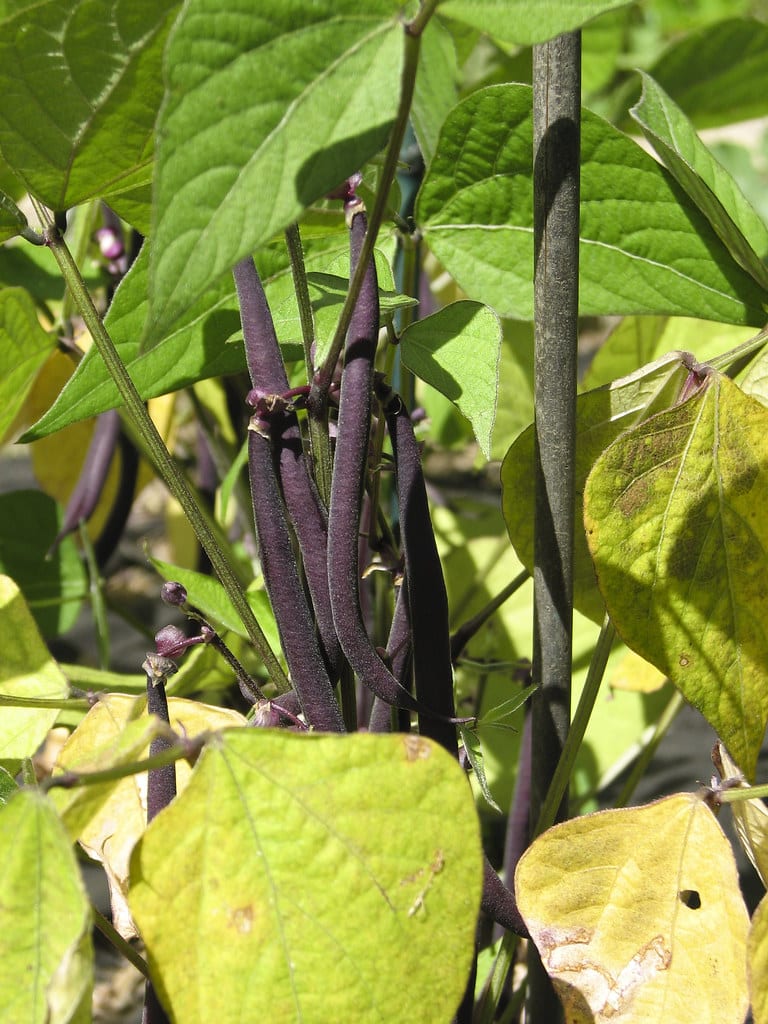
Many different kinds of these brightly colored beans are available, including this purple variant.
Anthocyanin is the antioxidant that gives them their color; it also gives purple cauliflower and purple potatoes their color.
The juicy green flesh beneath the violet skin is the same as the green beans you buy in the store.
The problem is that they lose their bright purple color when they’re cooked. So, to preserve their beauty, it is best to serve them raw or lightly steamed.
It doesn’t matter, though. You can still make them in the same way as regular green beans.
6. Wax Beans
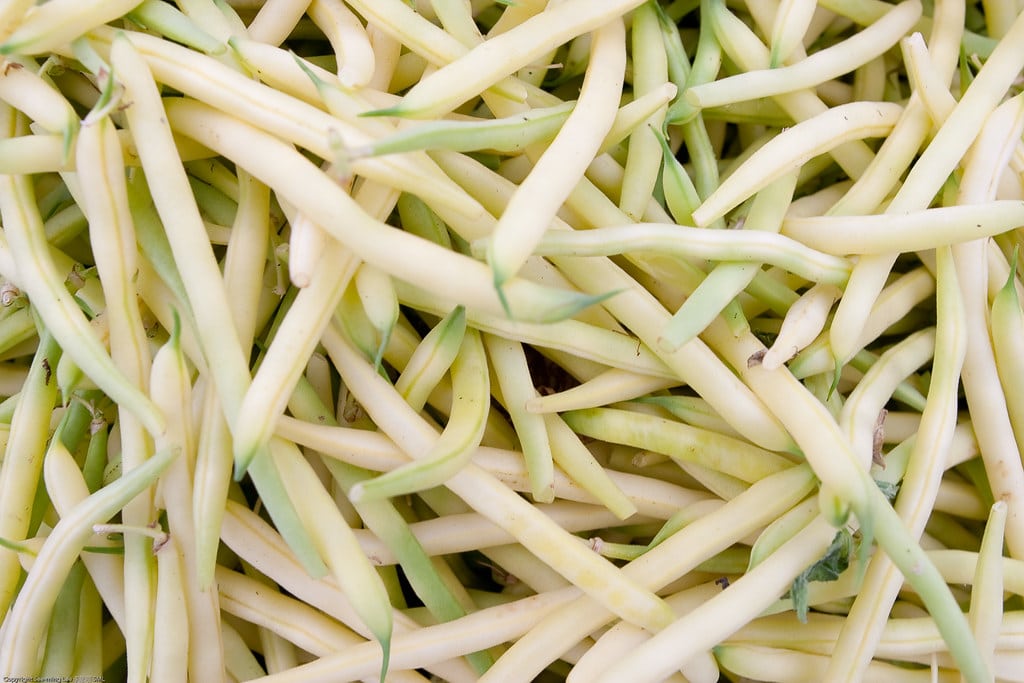
Unlike string beans, which are green in color, wax beans are only yellow. These species are bred to be devoid of chlorophyll.
Wax beans have thick skin and are grown on vines instead of planted directly in the soil.
However, their name has nothing to do with their texture or taste; they are called wax beans because of their color resemblance to beeswax.
Wax beans are just as crisp and versatile as their green counterparts. They are also very tender and sweet-tasting. If you like them, try using them in soups and stews.
The final dish will be a different shade of green than cooking with regular green beans. Mixing them with green beans in a salad, like this classic three-bean salad, for a more vibrant look is fun.
Conclusion
Green beans are a popular vegetable that everyone loves. Whether you prefer them plain or dressed up, they’re an excellent addition to any meal.
There are many types of green beans, and we’ve listed six of them here. Hopefully, this list will help you find your favorite kind!




